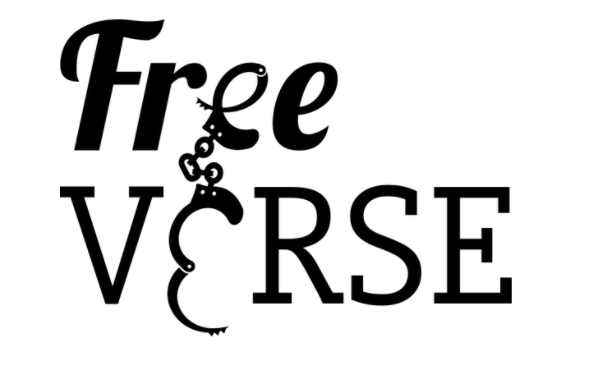Bobby Bostic is a poet and author of 13 books. He is currently serving a life without parole sentence of 241 years in Jefferson City, Missouri for a robbery committed when he was just 16 years old. Bostic wrote to Free Verse a short while ago to share his poetry and writing prompts with our students. Bostic recently sent us the below essay on the value of art in prisons as a means of healing, finding one’s voice, and rewriting their narrative.
You can read more of Bostic’s work and learn about his struggle for freedom on his website. In recent news, The ACLU of Missouri released a video interviewing Bostic regarding his case and the Marshall Project published his powerful essay on gardening in prison.
The Redeeming Value of Art in Prison
by Bobby Bostic
Sometimes it is inside of the darkest places that we find the brightest light. However, the light is not always external. When the light comes from inside it tends to shine for the whole world to see. This is why people are so amazed when they see the magnificent work of prison artists. Prison is raw and this is why the prison artist leaves his soul on the canvas. Whether the prison artist is writing, doing music, drawing or painting they always express themselves in a soulful deep manner. It is like they are redeeming themselves from their past.
Prisoners tend to find atonement in their art. With limited resources they find beauty in the ugliness that surrounds them. In the confines of prison art represents redemption. Art assists inmates in their quest of rehabilitation. Obviously art has many redeeming qualities. Let’s look at the word redeem.
Redeem: 1. To free, or rescue by paying. 2. To free from the consequences of sin. 3. To convert into something of value. 4. To make good by performing. 5. To change for the better. 6. To atone for.
All six of these definitions are being manifested by the conscious prison artist as he is creating an artful masterpiece. Art is made in layers and must be uncovered by the person viewing it. Even the simplest of art evokes people to search for its deeper meaning.
Prison art screams out to you in many ways. It tells stories of longing, pain, need, wonder, beauty, and sometimes the divine. In creating such meaningful art, the prisoner finds meaning in their own life. This is how they redeem themselves. In many cases their talent is all that they have to give. While locked away in a cage art allows them to free their souls. When outside patrons view their work they have a voice. Art rescues the prisoner from obscurity. No longer just a number, because their art expresses their humanity. Outside patrons make that connection with the prisoner’s humanity.
With limited resources prisoners get creative and make spellbinding art. When outside patrons view prison art they wonder how could such talented artists commit such horrible crimes? Before they find the answer the question begins to answer itself through the prisoner’s art. A prisoner knows that he can never take back his crime. He cannot undo his past. But this is where the term redeem comes into full play. By creating art that helps to heal other people the prisoner is helping to atone for his wrong. He is converting a mess into something of value. He is doing his best to make his life better by performing good art.
Bryan Stevenson once said that people are not the worst thing that they ever did. This applies to prisoners also. Just look at their art. Before you write them off, let their art speak to you. What is the message? Feel it. Prison artists know that they have harmed society. They know that many people have been hurt by their crimes (including themselves). Therefore they occupy their time in prison making meaningful art. In their art they express remorse, warn others not to repeat their mistakes, and still see hope in a troubled world. Locked away from the world with all its problems the prison artist still sees so much beauty in the world because more than anyone he knows there’s nothing like being free. For all its flaws the world is still a beautiful place.
That’s the picture that the prison artist is painting or writing about. In the darkness of his prison cell art beams down on his intelligence. Thus he is guided through imagination and creativity to create a masterpiece. He hopes his art helps to heal someone’s troubles. Through pen, paper and canvas the prison artist is trying to right his wrongs. All the while believing that the outside world can see the redeeming value of art in prison.

